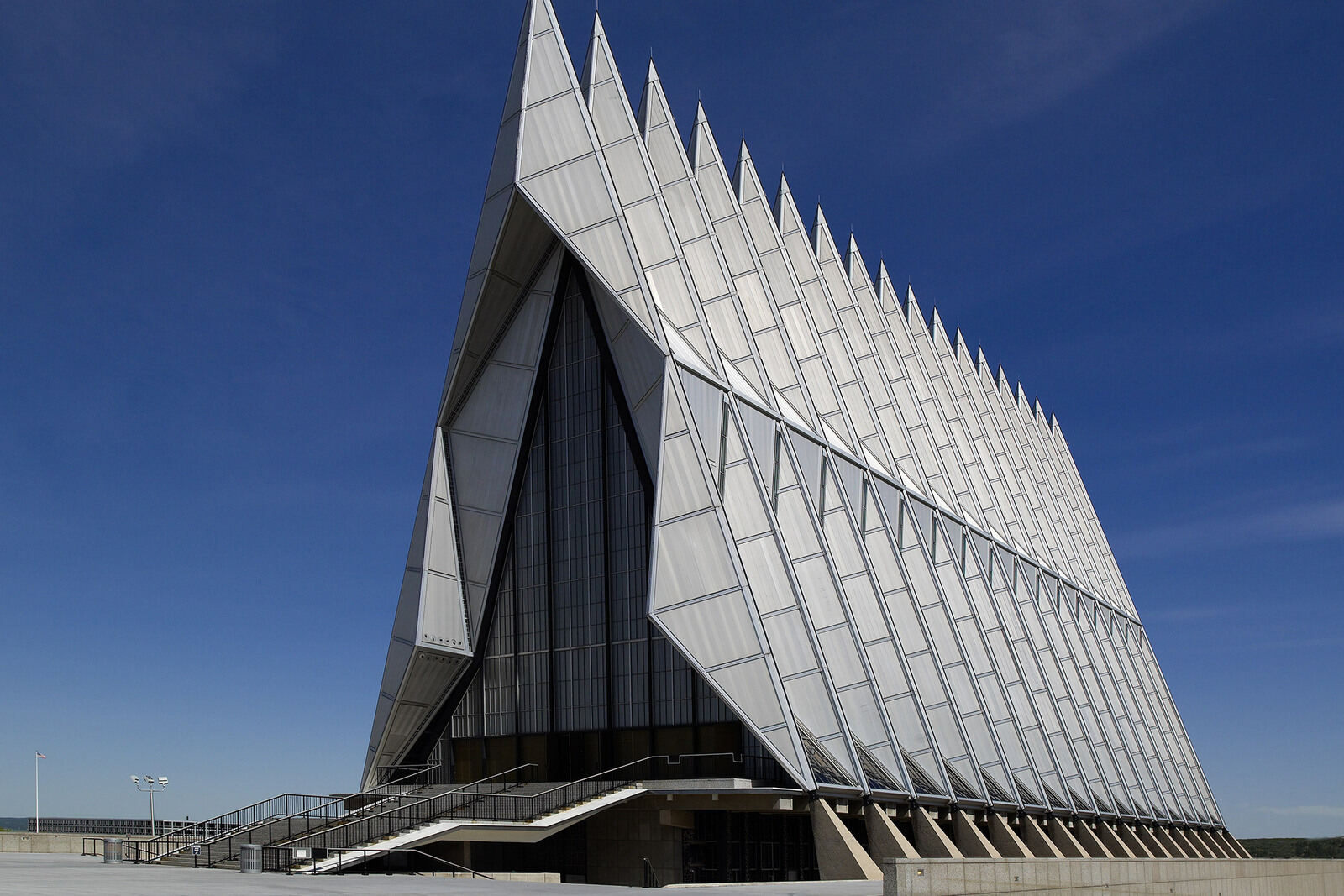
Military architecture has shaped history, protecting empires and influencing battles. Ever wondered how these structures stood the test of time? From ancient fortresses to modern bunkers, these designs are marvels of engineering and strategy. Fortifications like the Great Wall of China and medieval castles weren't just walls; they were intricate systems designed to repel invaders. Moats, drawbridges, and arrow slits are just a few features that made these structures formidable. Bastions and star forts evolved to counter new artillery threats. Today, military architecture includes underground bunkers and missile silos, showcasing how defense strategies adapt. Ready to explore 28 intriguing facts about these incredible structures? Let's dive in!
Key Takeaways:
- Military architecture has a fascinating history, from ancient fortresses to modern bunkers. It evolved to protect against different forms of warfare, influencing popular culture and inspiring unique structures around the world.
- From the Great Wall of China to the Pentagon, military architecture has shaped the way we defend and protect. It's not just about walls and castles; it's a reflection of human innovation and adaptation throughout history.
Ancient Beginnings
Military architecture has a rich history that dates back to ancient times. Early civilizations developed various techniques to protect their territories and people.
- The Great Wall of China, built to protect against invasions, stretches over 13,000 miles.
- Ancient Egyptians constructed massive fortresses along the Nile River to safeguard against enemies.
- The Romans perfected the use of forts, known as castra, which were strategically placed across their empire.
- Greek city-states like Athens built acropolises, fortified high points, to defend against attacks.
Medieval Innovations
The medieval period saw significant advancements in military architecture. Castles and fortifications became more sophisticated and widespread.
- The concentric castle design, featuring multiple layers of defense, was popularized during the Crusades.
- Moats, often filled with water, were used to deter attackers and prevent tunneling.
- Drawbridges provided controlled access to castles and could be raised to block entry.
- Arrow slits, narrow vertical openings, allowed defenders to shoot arrows while remaining protected.
Renaissance and Early Modern Period
During the Renaissance, military architecture evolved with the advent of gunpowder and cannons. Fortifications had to adapt to new forms of warfare.
- Star forts, with their angular bastions, were designed to withstand cannon fire and provide overlapping fields of fire.
- The trace italienne, a style of fortification with low, thick walls, emerged in Italy and spread across Europe.
- Vauban, a French military engineer, revolutionized fort design with his intricate and efficient layouts.
- Coastal fortifications became crucial for protecting ports and harbors from naval attacks.
Industrial Age and Beyond
The Industrial Age brought new technologies and materials, further transforming military architecture.
- Ironclad warships, like the USS Monitor, rendered traditional coastal fortifications less effective.
- Trench warfare during World War I led to the development of extensive underground bunkers and tunnels.
- The Maginot Line, a series of fortifications along the French-German border, was built to prevent invasions.
- World War II saw the construction of massive bunkers, such as Hitler's Führerbunker in Berlin.
Modern Military Architecture
In the modern era, military architecture continues to evolve with advancements in technology and warfare strategies.
- The Pentagon, headquarters of the U.S. Department of Defense, is one of the largest office buildings in the world.
- Underground missile silos are designed to protect and launch intercontinental ballistic missiles (ICBMs).
- Military bases often feature hardened aircraft shelters to protect planes from attacks.
- The Green Zone in Baghdad, heavily fortified during the Iraq War, served as a secure area for coalition forces.
Unique Fortifications Around the World
Different regions have developed unique military structures based on their specific needs and environments.
- Japan's Himeji Castle, known as the "White Heron Castle," is famous for its complex defensive design.
- The Kremlin in Moscow, originally a wooden fort, evolved into a massive stone fortress.
- India's Mehrangarh Fort, perched on a hill, offers a commanding view and strong defensive position.
- The Alhambra in Spain, a palace and fortress complex, showcases Islamic military architecture.
Military Architecture in Popular Culture
Military architecture has also found its way into popular culture, influencing movies, games, and literature.
- The Helm's Deep fortress in "The Lord of the Rings" series is inspired by medieval castles.
- Video games like "Assassin's Creed" feature detailed recreations of historical fortifications.
- The "Game of Thrones" series showcases various fictional castles and fortresses, drawing from real-world designs.
- Historical novels often depict sieges and battles involving famous fortifications, bringing military architecture to life for readers.
The Last Word on Military Architecture
Military architecture has shaped history in ways we often overlook. From medieval castles to modern bunkers, these structures tell stories of strategy, defense, and innovation. They weren't just buildings; they were fortresses that protected kingdoms and nations.
Understanding the designs and purposes behind these structures gives us a glimpse into the minds of those who built them. Each rampart, moat, and bastion served a specific function, often reflecting the technological advancements of their time.
Next time you see an old fortress or a military base, think about the engineering and ingenuity that went into its creation. These architectural marvels are more than just stone and steel; they're a testament to human resilience and creativity in the face of conflict.
Frequently Asked Questions
Was this page helpful?
Our commitment to delivering trustworthy and engaging content is at the heart of what we do. Each fact on our site is contributed by real users like you, bringing a wealth of diverse insights and information. To ensure the highest standards of accuracy and reliability, our dedicated editors meticulously review each submission. This process guarantees that the facts we share are not only fascinating but also credible. Trust in our commitment to quality and authenticity as you explore and learn with us.
